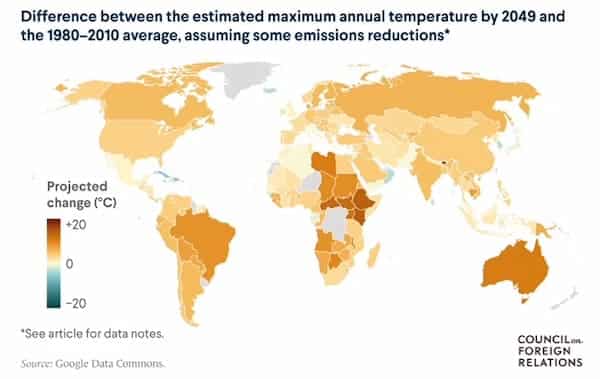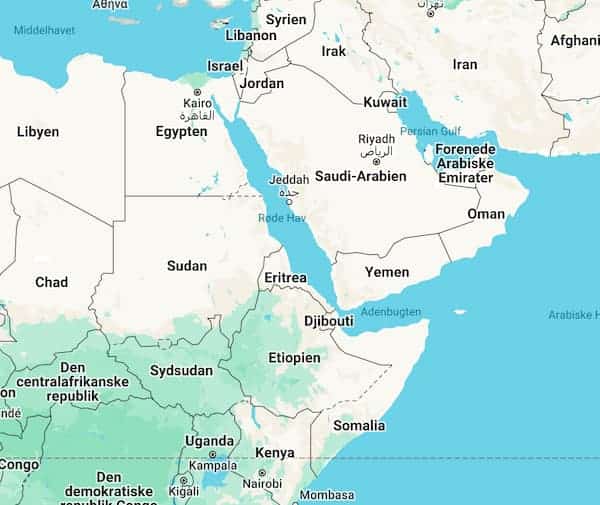The relationship between Ethiopia and Egypt is becoming increasingly tense. Fundamentally, it revolves around water, the political effects of climate change, and the involvement of superpowers. This relationship is archetypal of many conflicts we are likely to see elsewhere on the globe in the coming years.
The following blog post is the first of four parts about the relationship between the two countries.
Ethiopia is the water tower of East Africa ...
Ethiopia is called the water tower of Africa because its core is made up of highlands that average 2,400 meters above sea level. Here, the Blue Nile originates, contributing 70-80% of the total water volume of the Nile.
Overall, the Nile drains most of Sudan’s and Egypt’s agricultural land and provides a total of 90% of Egypt's freshwater consumption. But the Nile is also vital for the 80% of Ethiopia’s population still engaged in small, low-tech family farming. Ethiopia’s GDP per capita is about a quarter of Egypt’s, and a large part of its population is malnourished. For comparison, Denmark’s GDP per capita is 68 times larger than Ethiopia’s.
For Egypt, Sudan, and Ethiopia, the Nile is therefore a lifeline.
But for Ethiopia, the large water volumes also represent enormous potential for renewable energy. For decades, the country has wanted to build dams in its northern provinces. However, foreign lenders have refrained due to the region's instability and civil wars since Eritrea’s secession in 1993, especially in the Tigray province.
...but climate change leads to varying rainfall in the water tower
In 2013, Ethiopia received approval from China's Belt and Road Initiative (BRI) to construct the Grand Ethiopian Renaissance Dam (GERD). GERD will be Africa’s largest hydroelectric dam and one of the largest in the world, with an expected total production of 15.7 TWh per year. The country's current annual domestic consumption is limited to 12-14 TWh. GERD’s extra production will thus turn Ethiopia in to major electricity exporter to neighboring countries such as Sudan, Kenya, and Djibouti. These countries’ climate transitions partly depend on GERD.
GERD will store 74 billion cubic meters of water, making it one of the largest reservoirs in Africa. This gives Ethiopia the ability to stabilize the water supply to the Nile. Conversely, it also gives Ethiopia the potential to use all the water for its own agricultural irrigation. This would threaten the livelihoods of northern Sudan and especially all of Egypt.
The problem is exacerbated by the fact that climate change will lead to large variations in annual rainfall. Furthermore, most climate models indicate slight to moderate decreases in average rainfall. This increases Egypt’s concerns about the continued flow of the Nile. Common to the models, however, is that temperatures will rise significantly. This will turn parts of Ethiopia uninhabitable and increase the evaporation from GERD’s reservoir. This again will affect the water supply to the Nile.
Ethiopia is not bound by agreements on the Nile’s water supply
Currently, there is no binding international agreement between Ethiopia, Egypt, and Sudan on how much water Ethiopia must allow to flow from GERD. During the colonial period, Britain facilitated several agreements. These however did not grant Ethiopia any share or voice. In 2010, Ethiopia instead signed the CFA agreement. Among co-signees were the upstream countries of Uganda, Kenya, and Rwanda. The CFA agreement aimed to provide a fairer distribution, but both Egypt and Sudan refused to sign.
Since the GERD decision in 2013, Egypt has attempted to bring the issue before the UN Security Council for immediate intervention.
To be continued in the next blog post...



